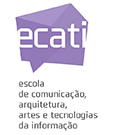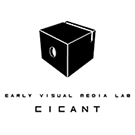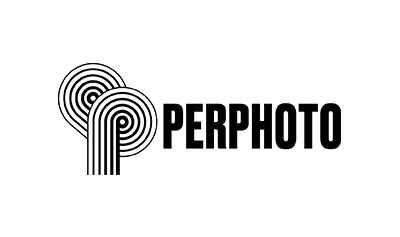Stereoscopy in Scotland [EN]
Peter Blair
It was in St Andrews, Scotland in 1848 that Sir David Brewster first announced his development of a lenticular or refracting stereoscope. The first such stereoscopes were built in Dundee by optician George Lowden and the earliest stereoviews for this design of stereoscope were taken in Scotland. Brewster’s stereoscope was introduced to the wider public at the London Great Exhibition of 1851. A mere five years later, Brewster reported that 500,000 stereoscopes had been sold! For several years, 3D stereoviews became the best-selling format of photograph globally.
Scottish photographers, such as George Washington Wilson, were early adopters of stereoscopy and became world-renowned, equally for their innovation and technical prowess as for the beauty of their views of Scotland.
This presentation will review the birth of stereoscopy in Scotland and introduce some of its early practitioners, such as GW Wilson, Ross & Thomson, James Valentine, John Moffat and Archibald Burns. We will be taken on a tour of Scotland to discover the wild beauty of its landscapes, its romantic ruins, castles and churches and the bustling commerce of its cities.







